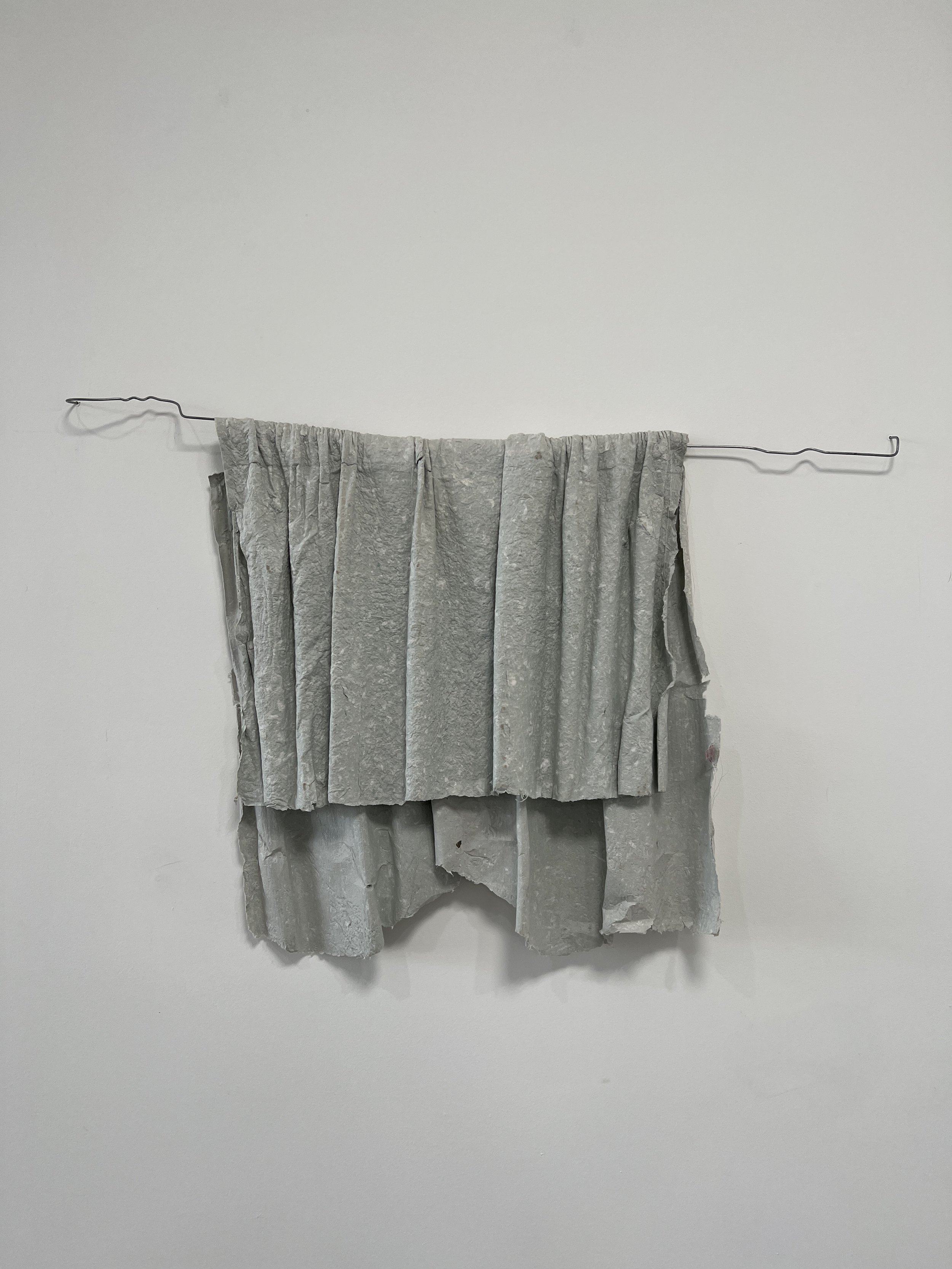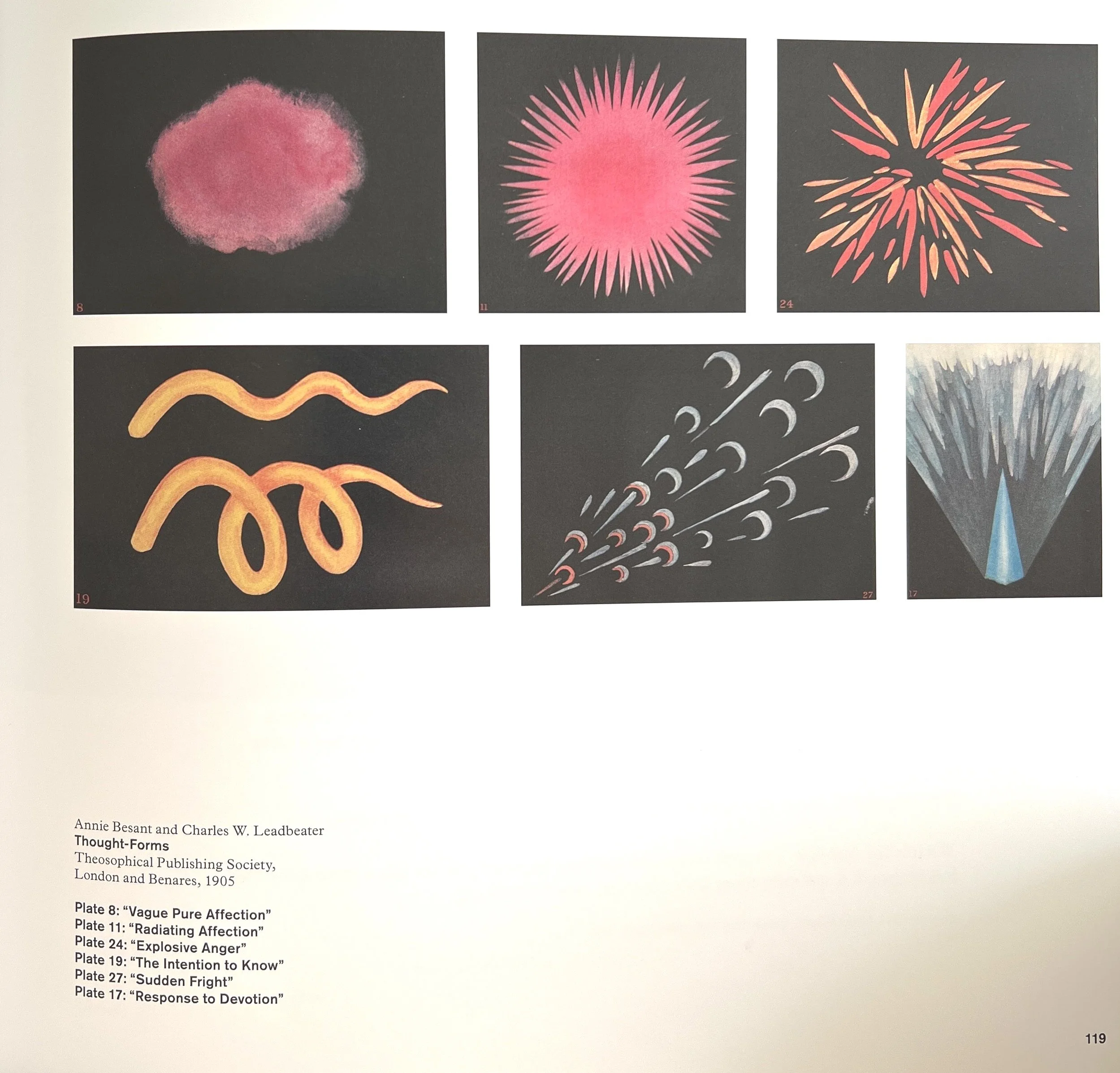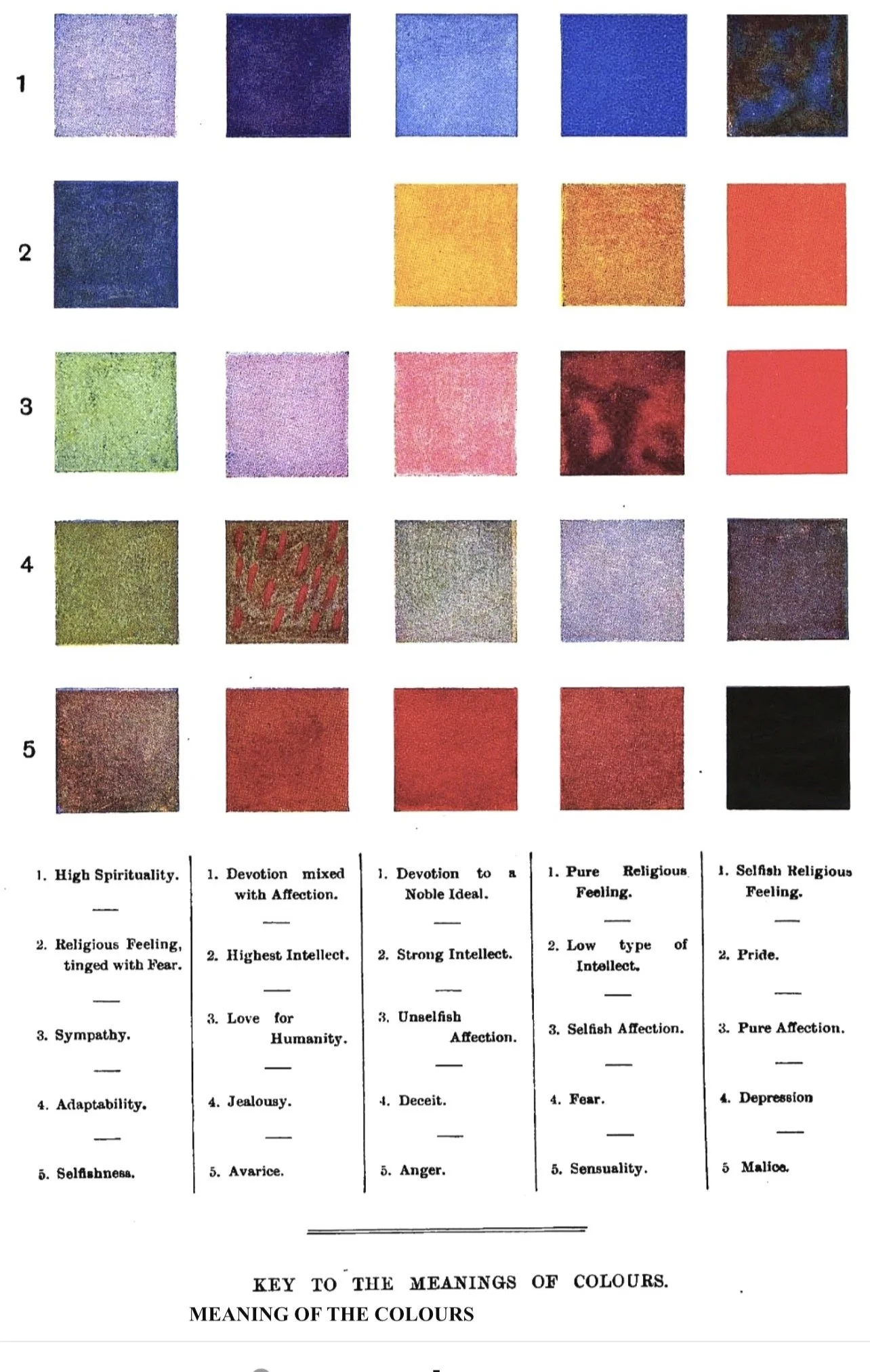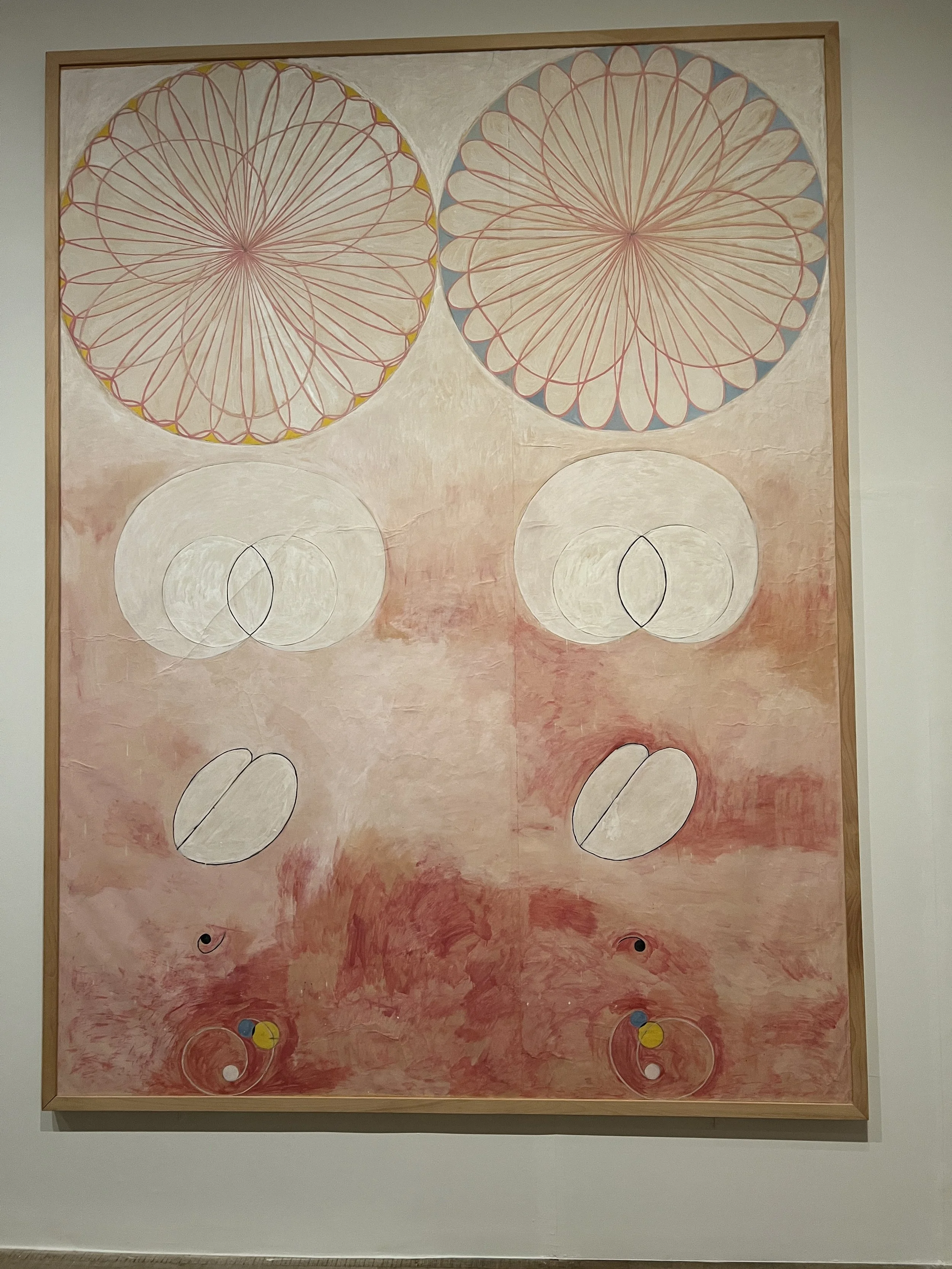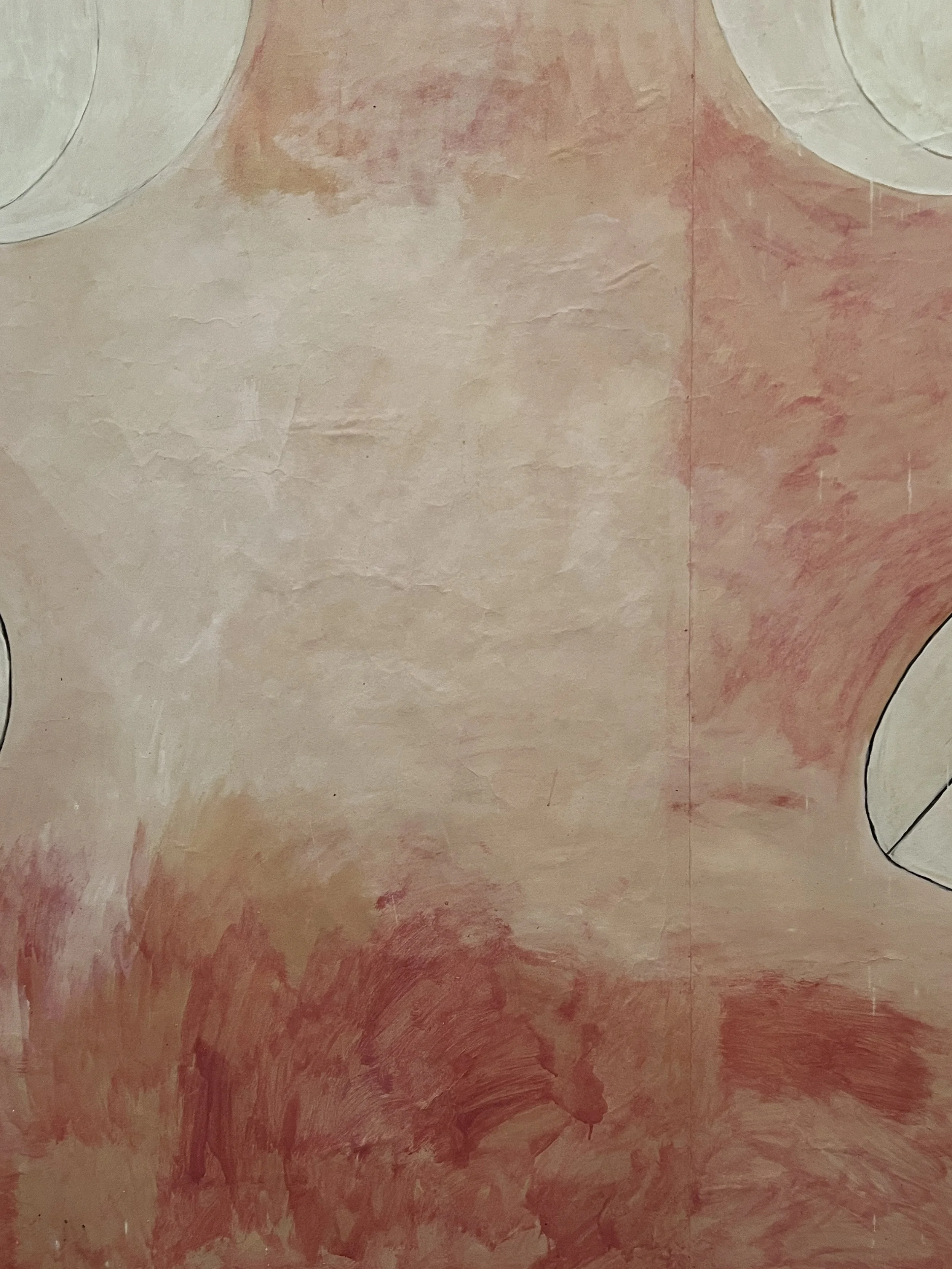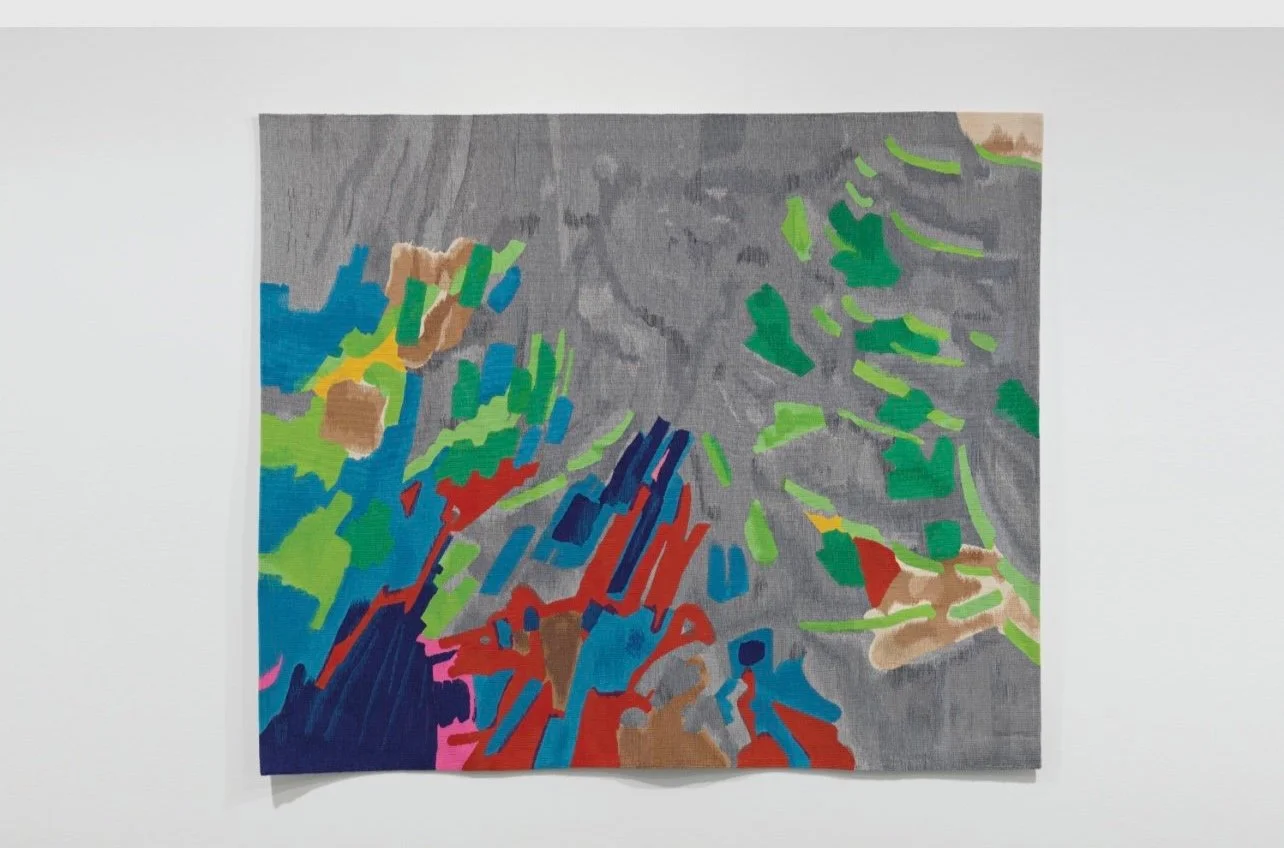Visit to Demo to see Amanda Mackenzie’s solo show @DEMO 3 Water St Grafton.
There is strong work of objects made from egg cartons and bed linen old school books etc mulched with water. Using paper making techniques she forms skins over objects and architecture of the every day, which is then peeled off leaving an impression of their hosts. These materials are a recording of a past place and time. She say they are not representational but show the “ performativity of the materials, its agency guides the work”
I especially liked the wire armature adding further structure and, (for me) meaning with the associations of the home. fig 1
fig 1
Gathered
Amanda Mackenzie
I will be taking more photos of weathering upon manmade and natural forms as this helps to feed into my work, as well as exploring how we leave marks on the manmade and natural landscape.
My 6 “Colour” canvases have been taken to get stretched and I have started prepping the linen offcuts for my collage paintings.
I have also been looking at the work of Australian artist Juan Davila especially as it pertains to the after-image and the imagined landscape. fig 2
fig 2
Juan Davila (Chilean b.1946, emigrated Australia 1974)
Wilderness
2012
The curator of this 2011 exhibition, Max Delaney says,
“The ‘Moral Meaning of Wilderness’ exhibition is a tour of the various approaches to the landscape: ‘plein air’ painting, studio landscape work, sublime landscape, historical evocation of landscape, modernity and the landscape, natural disaster, childhood memory of a landscape, woman in the wilderness. The ‘After Image’ works seem to refer to fantasies, inner space, unnameable objects, microcosm and immense space. Within the representation of “the land” one easily forgets that we are dealing with complexity and a field of projections. The political, the sublime, the moral stance, corporate destruction and the future of our environment come to mind.” 1
These ideas can be especially helpful in my essay about Colour and emotion, and how this relates to my own work.
I am also exploring the work of ‘Thought forms’ 1901 by Annie Besant and C.W Leadbeater, illustrated by John Valley, Prince and Macfarlane.fig 3
Rooted in theosophical ideas of the late 19th and early 20th c this work was very influential on Kandinsky and other artists of the time including Hilma aft Klint. I saw the following work at the Tate modern exhibition 2023 and was struck by the washes of pale colours giving a dream-like dimension to the work as if you are barely seeing it emerge. fig 4 below
fig 3
pg 119
Thought forms by Annie Besant
Key
Thought forms
Annie Besant
Fig 4
The Ten largest, Group 4 No. 8
1907 Tempera on Paper
Hilma aft Klint
detail
Other artists with similar interests to me…
Alexander Wertheim's work is characterized by its focus on seriality. Using spray paint on primed canvas, he constructs compositions comprised of vertical and horizontal lines, forming loosely interconnected grids. These lines appear as distinct entities, repeatedly interlocking.
Wertheim describes them as "similar to nature, where all sorts of things also rise up vertically, only to be drenched in horizontal color gradients."
Wertheim's works explore the relationship between rationality and emotion. The grid mesh exudes a sense of clarity and structure.
The artwork combines contrasting elements to create an intriguing visual dialogue. fig 5
fig 5
Alexander Wertheim
sunsets
Solo show @ Konig Galerie
and lastly Etal Adnan see fig 6 & 7
fig 6
Abres (Trees)
Etal Adnan 2015
Wool tapestry 212 x 179 cm installation view
fig 7
Mount Tamalpais
Etal Adnan
Wool Tapestry 212 x 170 cm
All three of these last examples are actually on varying supports, eg paper, woven wool and this gives an interesting layer of thought involved in the process. I am encouraged to explore my collages as further inspiration for my paintings.
sketchbook scrap collages
2023
Sally Barron
1 https://www.monash.edu/muma/exhibitions/previous/2011/juan-davila-the-moral-meaning-of-wilderness

